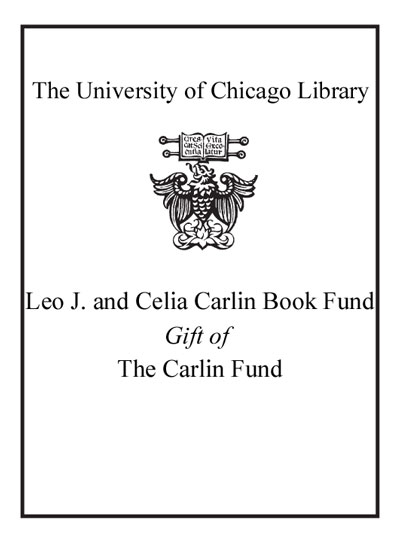The archaeology of cremation : burned human remains in funerary studies /
Saved in:
| Imprint: | Oxford : Oxbow Books, 2015. |
|---|---|
| Description: | xi, 244 pages ; 25 cm. |
| Language: | English |
| Series: | Studies in funerary archaeology ; volume 8 Studies in funerary archaeology ; v. 8. |
| Subject: | |
| Format: | Print Book |
| URL for this record: | http://pi.lib.uchicago.edu/1001/cat/bib/10308050 |
Table of Contents:
- List of contributors
- Foreword
- Acknowledgements
- 1. Fire and the body: Fire and the people
- 2. Flesh, fire, and funerary remains from the Neolithic site of La Varde, Guernsey: Investigations past and present
- 3. Past cremation practices from a bioarchaeological perspective: How new methods and techniques revealed conceptual changes in cremation practices during the late Bronze Age and early Iron Age in Denmark
- 4. The weight of the matter: Examining the potential of skeletal weight for the bioarchaeological analysis of cremation at the Iron Age necropolis of Tera (Portugal)
- 5. Funerary rituals and ideologies in the Phoenician-Punic necropolis of Monte Sirai (Carbonia, Sardinia, Italy)
- 6. The funerary practice of cremation at Augusta Emerita (Mérida, Spain) during High Empire: contributions from the anthropological analysis of burned human bone
- 7. The integration of microscopic techniques in cremation studies: A new approach to understanding social identity among cremation practicing groups from early Anglo-Saxon England
- 8. Analysing cremated human remains from the southern Brazilian highlands: Interpreting archaeological evidence of funerary practice at mound and enclosure complexes in the Pelotas River Valley
- 9. Case applications of recent research on thermal effects on the skeleton
- 10. The interpretation and reconstruction of the post-mortem events in a case of scattered burned remains in Chile
- 11. Conclusion

